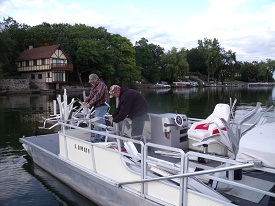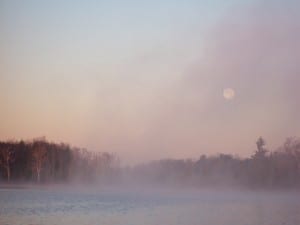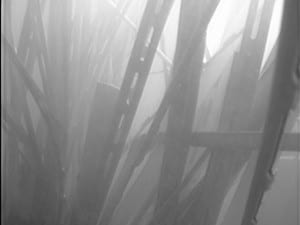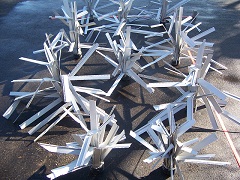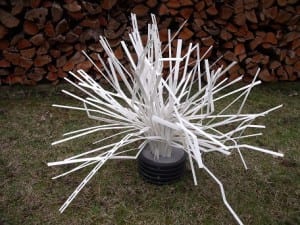
When the ice comes, the temptation to place fish attractors often comes to mind especially on a farm pond. If no ice, then a boat might be used. But just weighting down a couple of Christmas trees and dropping them in, may not achieve the best results.
DNR has this to say: There are many ways to recycle Christmas trees, but tossing on a frozen lake as a way of creating fish habitat has certain requirements — and an uncertain outcome. Instead of waiting for an iced-over lake to thaw so a single Christmas tree can sink to the bottom, Bill James fisheries section chief has this to say.
“They need to be designed, sized and placed appropriately to attract and hold fish.” He said, “Large hardwood brush piles work well and last for many years. Soft woods such as pin or spruce attract fish initially but deteriorate quickly. This is especially true if use Christmas tree are placed singly or just scattered about.”
State laws may apply, depending on the body of water. Discarding a Christmas tree on a private pond is at the owner’s discretion, but doing so on a public freshwater lake is governed by the Lake Preservation Act. See the dozens of unique artificial fish habitat models, fish attractors and fish cover used at fishiding.com, the leader in science based, proven, fish protection.
I have placed Christmas trees and have seen the results a couple of years later, both on farm ponds and Lakes when the water is down. Christmas trees tend to lay flat on the bottom and shortly become covered with sediment , offering little cover for fish.
On the other hand, a brush pile of hardwood limbs, wired together to maintain it’s shape will be there for years if weighted enough to stay in it’s location. For further info Google “Fish Attractors” . There are many home-made designs that work for years and do not deteriorate.
Take a look at fishiding.com. They make artificial fish habitat out of things like reclaimed pvc siding, saving landfill space and helping future generations of fish and fisherman alike.


